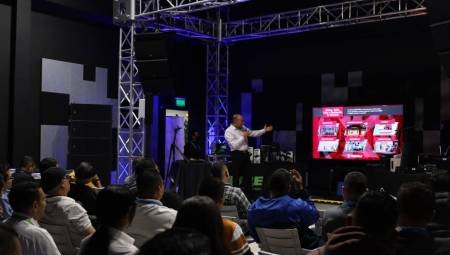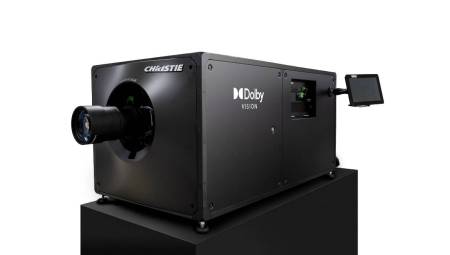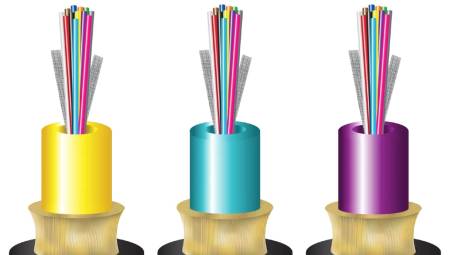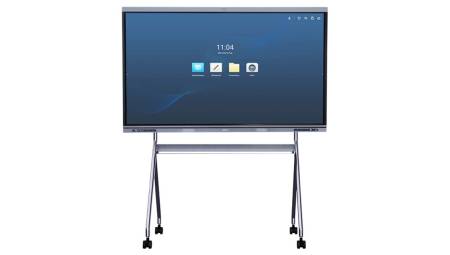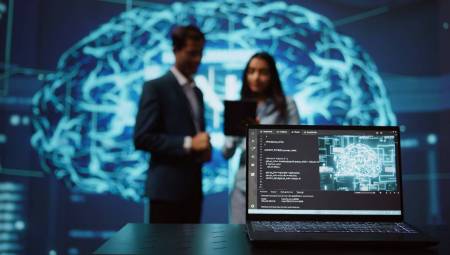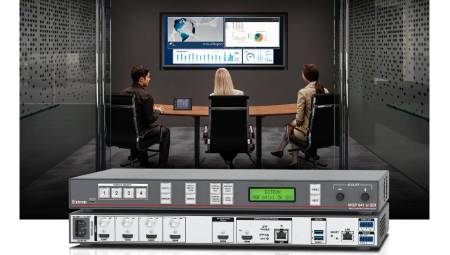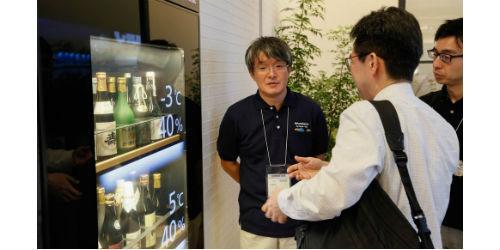 International. Ceatec is the annual exhibition of the most advanced technology of Japan's companies, showcasing next-generation breakthroughs. Some of them involve such radical innovations that they probably won't even be available on the market for a couple of years.
International. Ceatec is the annual exhibition of the most advanced technology of Japan's companies, showcasing next-generation breakthroughs. Some of them involve such radical innovations that they probably won't even be available on the market for a couple of years.
Below is an account of the innovations presented by Panasonic at the most recent edition of CEATEC 2016 (Combined Exhibition of Advanced Technologies), held at the Makuhari Messe in Tokyo, Japan.
In its 2016 edition, the central theme was the IoT (Internet of Things) concept, a term that refers to the interconnectivity of physical objects equipped with sensors, electronic parts or software that give them the ability to collect and exchange information with other devices, such as a smartphone.
The applications that can emerge from this are incredibly wide, there is room for their development in practically every aspect of everyday life, in health, entertainment, cooking, safety, roads, etc. We will see intelligent buildings that automate functions in interaction with those who inhabit them and spaces that adapt in a personalized way when recognizing a person.
Panasonic's module at CEATEC 2016 was divided into two areas: one relating to lifestyle and business solutions, and the other focused on technology and new equipment.
Technology for a smart and interactive home
In the realm of lifestyle, Panasonic recreated a futuristic homely atmosphere, with integrated kitchen and dining room. It showed advances in the concept of transparent screens. Discreetly installed as a sliding door in a showcase, the screen turns on and shows images in high resolution, when turned off it is like a totally transparent glass that is part of the decoration and does not take up additional space.
In another section, an interactive compartment for wines and beverages that allows to regulate the humidity and temperature ideal for the content, through a display with the same transparent screen technology. The display even shows recipes and suggests ideal combinations to accompany the drinks depending on each one and the taste of the user.
A concept still under development is the smart kitchen-table. It aims to replace the stove and optimize the space for an optimal culinary experience. The ingredients are placed on a plate on the table, then a dish covering and the food is prepared right there thanks to heat induction technology incorporated into the table, with sensors that monitor cooking and control the temperature.
Technology in transparent screens also has important applications in stores and shop windows. Interconnection with the user's smartphone is possible so that the screen shows the purchase options that best suit their tastes and needs.
The connection between phone and screen will also be possible via LinkRay, a next-generation technology that allows the mobile to receive information immediately just by pointing to an LED light source.
Revolutionary breakthroughs for devices
In the area of technological advances, Panasonic showed a stabilizing system designed for robots and mechanical devices. It works with six-axis sensors (three calculate position and three calculate acceleration). In the demonstration, a wheeled robot carried a glass of water on a platform, accelerated and braked quickly without losing control or spilling the liquid.
Similar technology was incorporated into a system for video cameras in order to stabilize the image in situations of sudden movement or vibration. It gives the option of precise automatic tracking to some object without distortions in the image and maintaining a perfect balance. It looms as an ideal application for use in combination with drones.
A surprising advance is the transmission of information via the human body. Without the need for cables or wireless systems, Panasonic developed technology so that, through touch, data can be transferred. A person brings with him a card, a watch or some device with which his body makes contact and, by touching a surface with the same technology implemented, he can exchange information towards that device. This also works between two people, if both carry the technology, a handshake would suffice to exchange contact data, for example.






